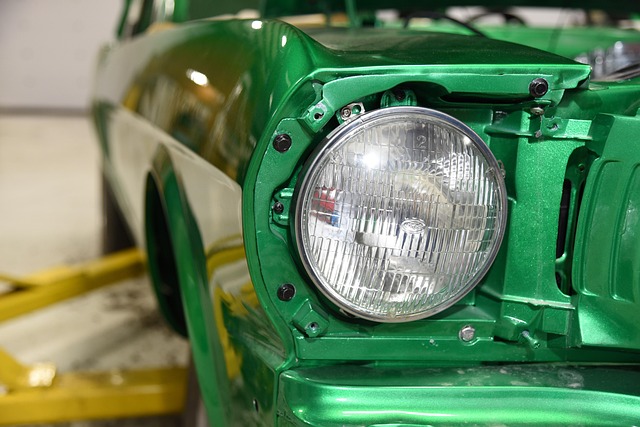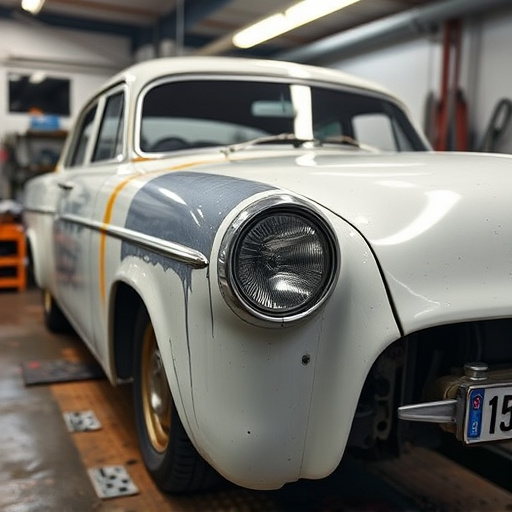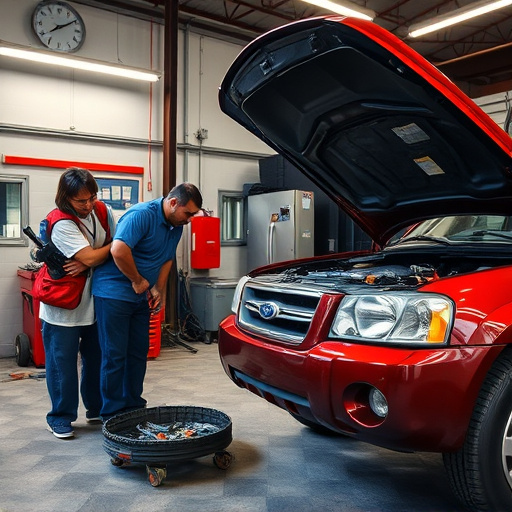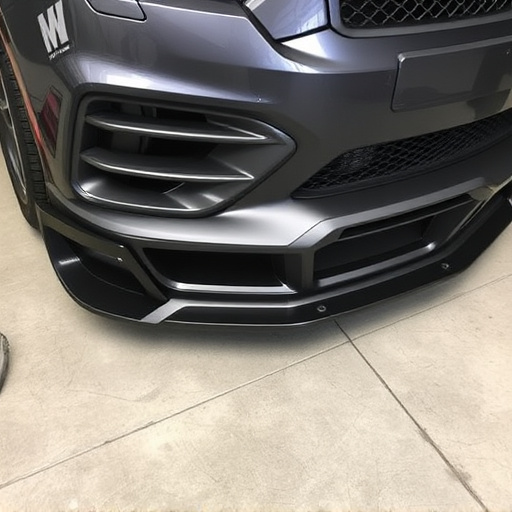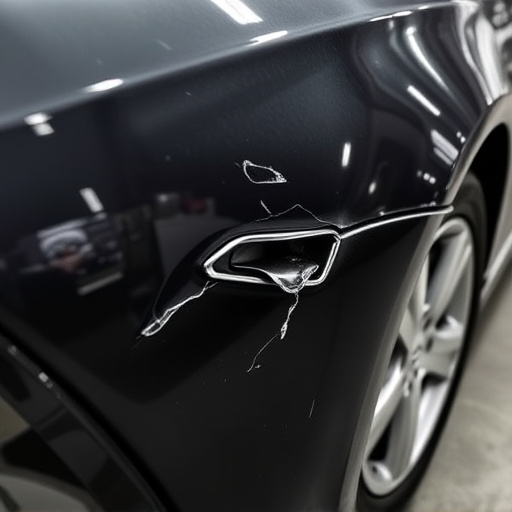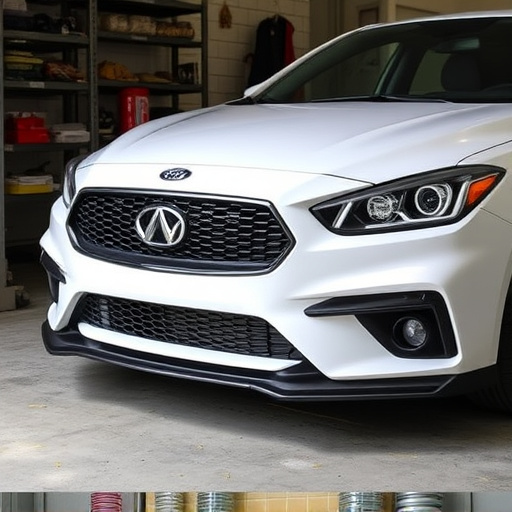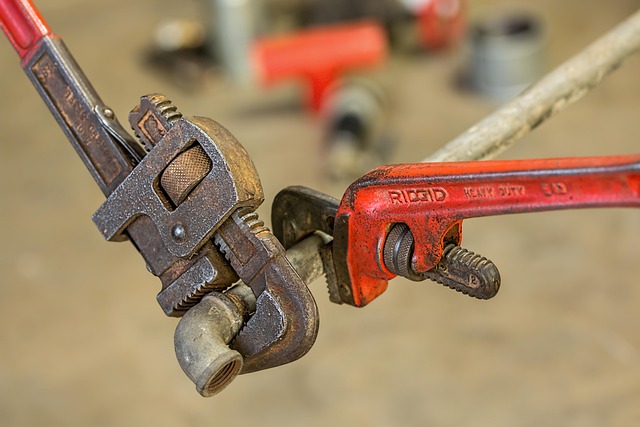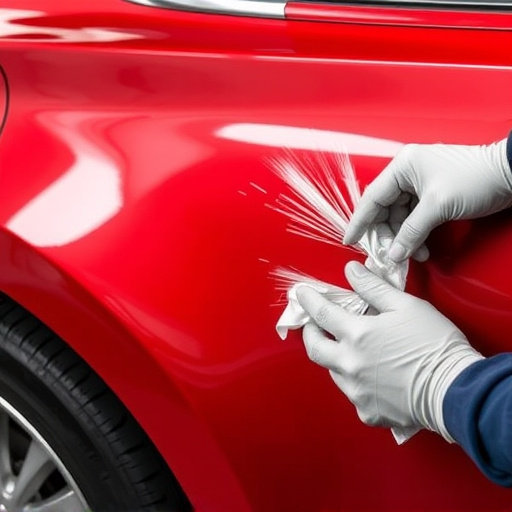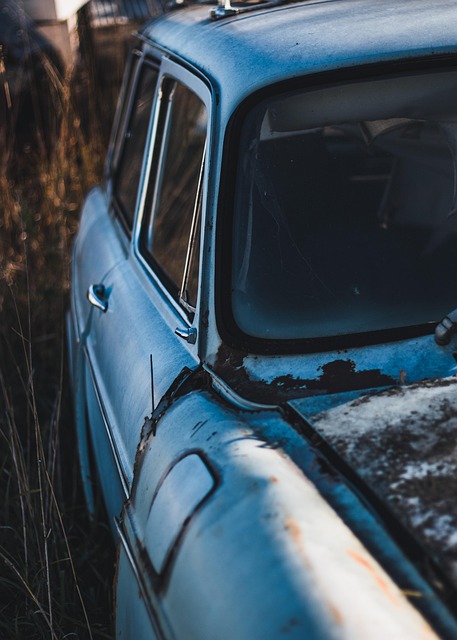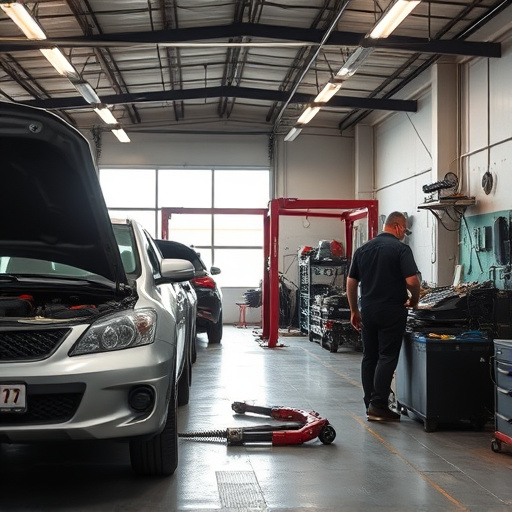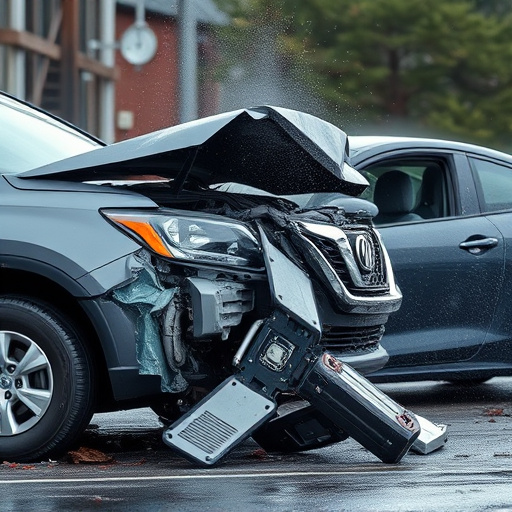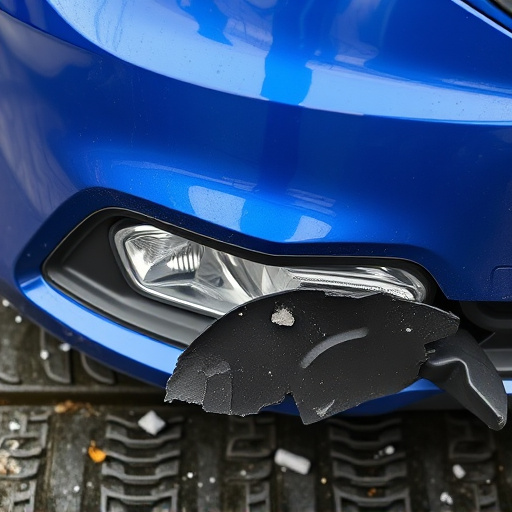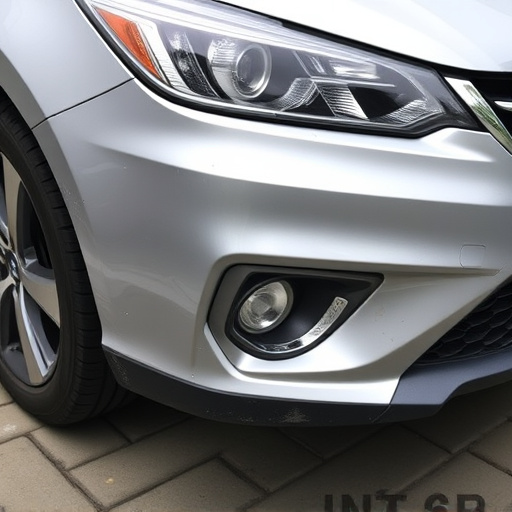After an accident, assessing structural integrity requires a thorough inspection beyond visible dents to identify hidden damage in areas prone to rust, like underbody, wheel wells, and exposed metal. Skilled technicians use advanced tools to recommend corrosion protection procedures for frame, chassis, damaged panels, exhaust systems, engine blocks, and wheel arches. These procedures, including coatings, repairs, and sealing against moisture, extend vehicle lifespan, enhance body shop services, and ensure quality paint jobs.
After accidents, assessing structural integrity and identifying critical components requiring corrosion protection is paramount. Damage can expose metal surfaces to corrosive elements, accelerating degradation. This article delves into key areas demanding immediate attention, focusing on effective corrosion inhibition strategies for robust protection. By understanding the vulnerabilities and implementing tailored procedures, you can mitigate risks, ensuring long-term safety and structural integrity amidst challenging conditions. Discover best practices for comprehensive corrosion protection procedures.
- Assess Structural Integrity After Damage
- Identify Critical Components Needing Protection
- Implement Effective Corrosion Inhibition Strategies
Assess Structural Integrity After Damage
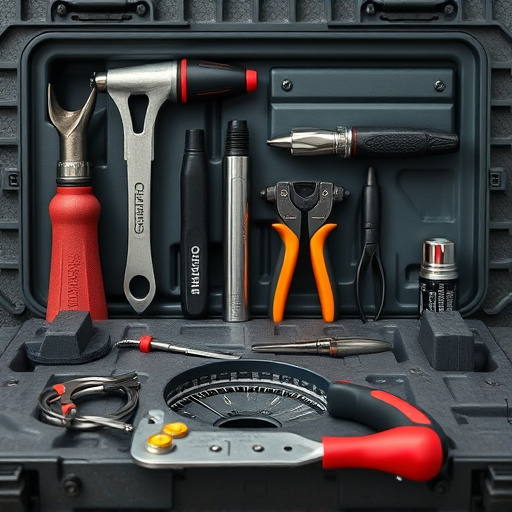
After an accident, assessing the structural integrity of your vehicle is a crucial step before any repairs can begin. This involves thoroughly inspecting every component to identify damage and determine if it requires replacement or reinforcement. It’s not just about visible dents; hidden damage to frames, safety systems, and other critical parts could have occurred during the impact.
Proper assessment ensures that corrosion protection procedures are implemented effectively. This is particularly important in areas prone to rust, such as the underbody, wheel wells, and any exposed metal surfaces. Body shop services and collision repair shops employ skilled technicians who understand these intricacies, using advanced diagnostic tools to uncover hidden damage and recommend appropriate corrosion protection measures for an auto collision center’s seamless restoration.
Identify Critical Components Needing Protection
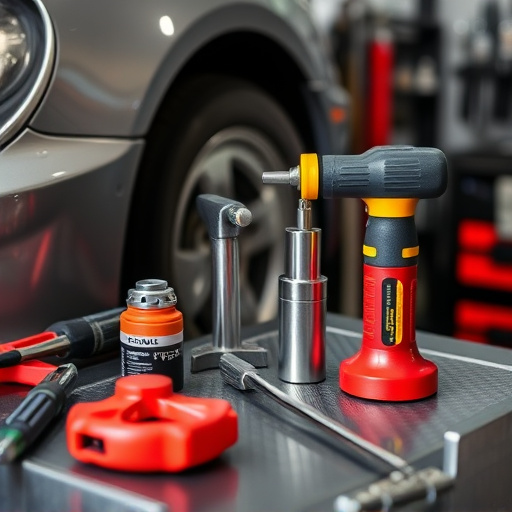
After an accident, identifying critical components that require corrosion protection is a crucial step in the vehicle repair process. The first step involves assessing the structural integrity of the car and pinpointing areas prone to rust formation. This typically includes the frame, chassis, and any metal panels that have been damaged or exposed due to the incident. These parts are essential for the overall stability and safety of the vehicle, making corrosion protection procedures a high priority.
During this evaluation, it’s also important to consider components like exhaust systems, engine blocks, and wheel arches, which can be particularly susceptible to corrosion over time. Car body restoration experts employ various techniques, such as sandblasting and applying specialized protective coatings, to ensure these areas are shielded from future rust buildup. Effective corrosion protection procedures not only enhance the longevity of the vehicle but also contribute to the overall quality of body shop services and vehicle paint repair processes.
Implement Effective Corrosion Inhibition Strategies
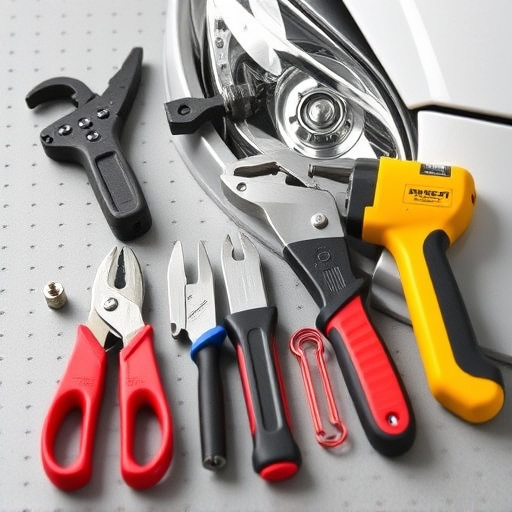
After an accident, one of the critical steps in vehicle restoration is implementing effective corrosion protection procedures. This involves a multi-faceted approach to safeguard against rust and corrosion, which can cause significant structural damage over time. The primary strategy should focus on preventing moisture intrusion, as it’s the catalyst for corrosion.
Automotive collision repair professionals often employ various techniques, such as applying corrosion inhibitor coatings or undercoats to exposed metal surfaces. These protective layers create a barrier, hindering direct contact between metal and moisture. Additionally, meticulous scratch repair and paint restoration techniques can help maintain the vehicle’s integrity, ensuring that any damaged areas are fully restored and sealed against potential corrosion sources like dirt, salt, and other environmental factors.
After accidents, assessing structural integrity and identifying critical components requiring protection is crucial. Implementing effective corrosion inhibition strategies is a vital step in ensuring long-term sustainability and safety. By focusing on these key areas, organizations can successfully employ corrosion protection procedures to mitigate risks and extend the lifespan of affected structures.
